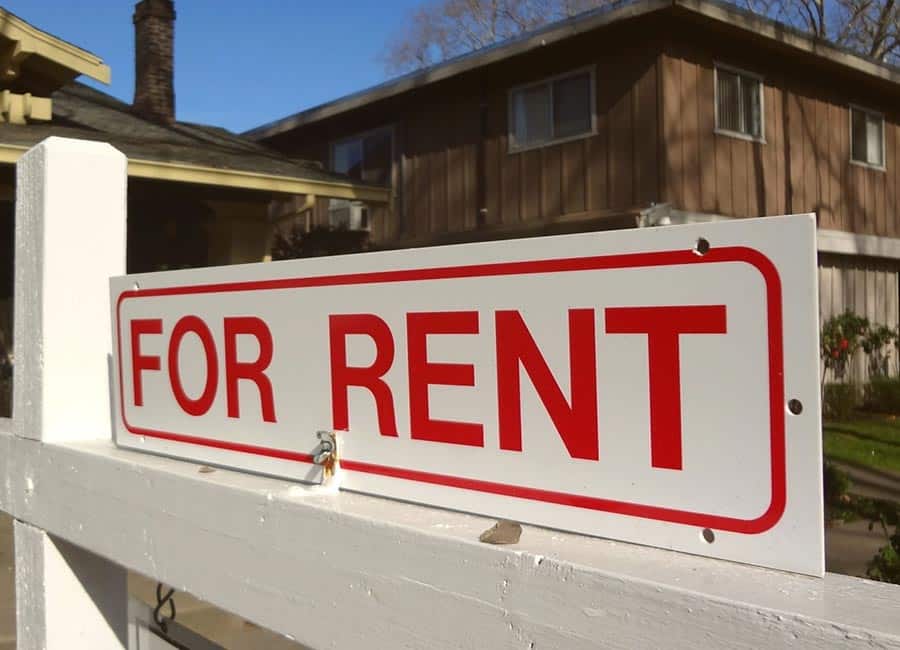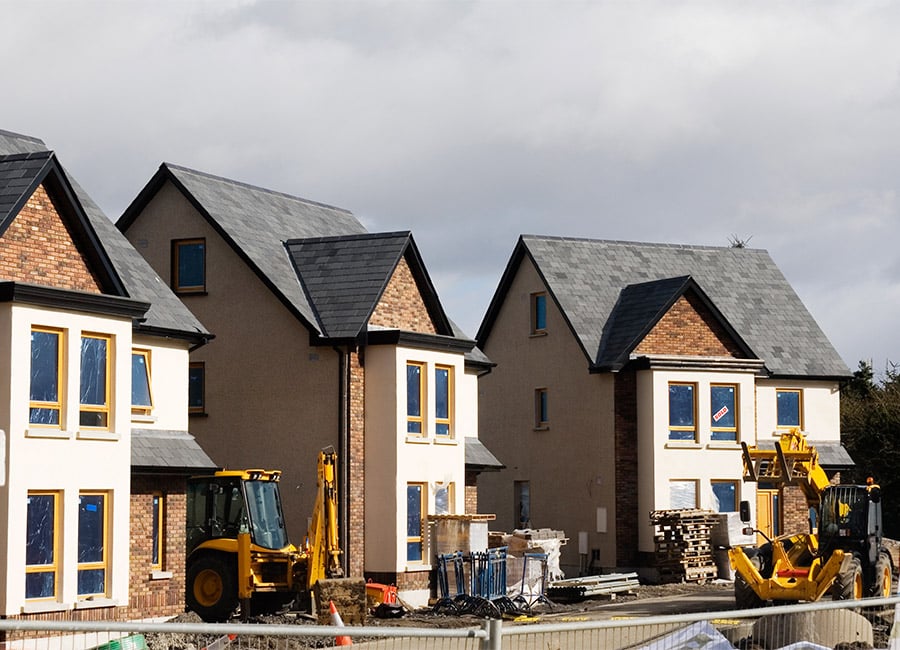Rent pressure zones (RPZ) have helped to limit the scale of rental inflation in Ireland since their introduction more than five years ago, the Economic and Social Research Institute (ESRI) and the Department of Housing have found.
The government introduced a maximum allowance rent increase of 4% per year in designated RPZs, starting with properties for let in four local authorities in Co Dublin and Cork City Council in late 2016 and expanding to 48 municipalities in 15 counties prior to the pandemic.
The inflation cap has since been tied to inflation or set at 2% for new and existing tenancies where Harmonised Index of the Consumer Price (HICP) inflation is higher than 2%, with seven further local authorities in five counties having been added as RPZs since April 2020.
The report found that rental inflation would have been "notably higher" without the introduction of RPZs, but also that caps on rent increases led to lower investment and maintenance in buildings by landlords and reduced supply.
The report states that new tenants were most affected by reduced landlord investment as a result of the cap, but the ESRI said that exemptions to the rules in the Irish case for new supply and dwelling upgrades are correctly targeted to help avoid these side-effects.
"The adoption of RPZs in an Irish context have helped to limit the scale of rental inflation since their introduction in late 2016," report author and ESRI associate research professor Conor O'Toole said.
"Indeed, it is likely rental inflation would accelerate further without these measures. However, international evidence would suggest that while these type of measures are justified in many contexts, strict price caps risk lowering supply and upkeep in the medium term which must be borne in mind by policymakers."

However, the research also shows that more than one-third of landlords (34.2%) increased rents by more than the 4% cap, affecting tenants in nearly 5,600 properties nationwide.
The report did not state what proportion of the excessive increases were breaches of the regulation -- exemptions are allowed for upgrades and new supply -- blaming "data gaps" in figures from the Residential Tenancies Board (RTB).
"The share of growth rates above 4% has been trending downwards as rental prices have moderated," the ESRI said, adding that the share had decreased from more than 50% in 2017 to over 30% by early 2020.
"This decline could be due to the regulations or general market price moderation taking place; it is likely to be impacted by both factors. It does however indicate a strong number of growth rates continuing above the regulatory cap during the period in which the regulations were in operation."
The authors concluded that rent stabilisation measures are likely to be needed in future and "should be considered an essential part of the rental market policy tools."
(Pic: Getty Images)











